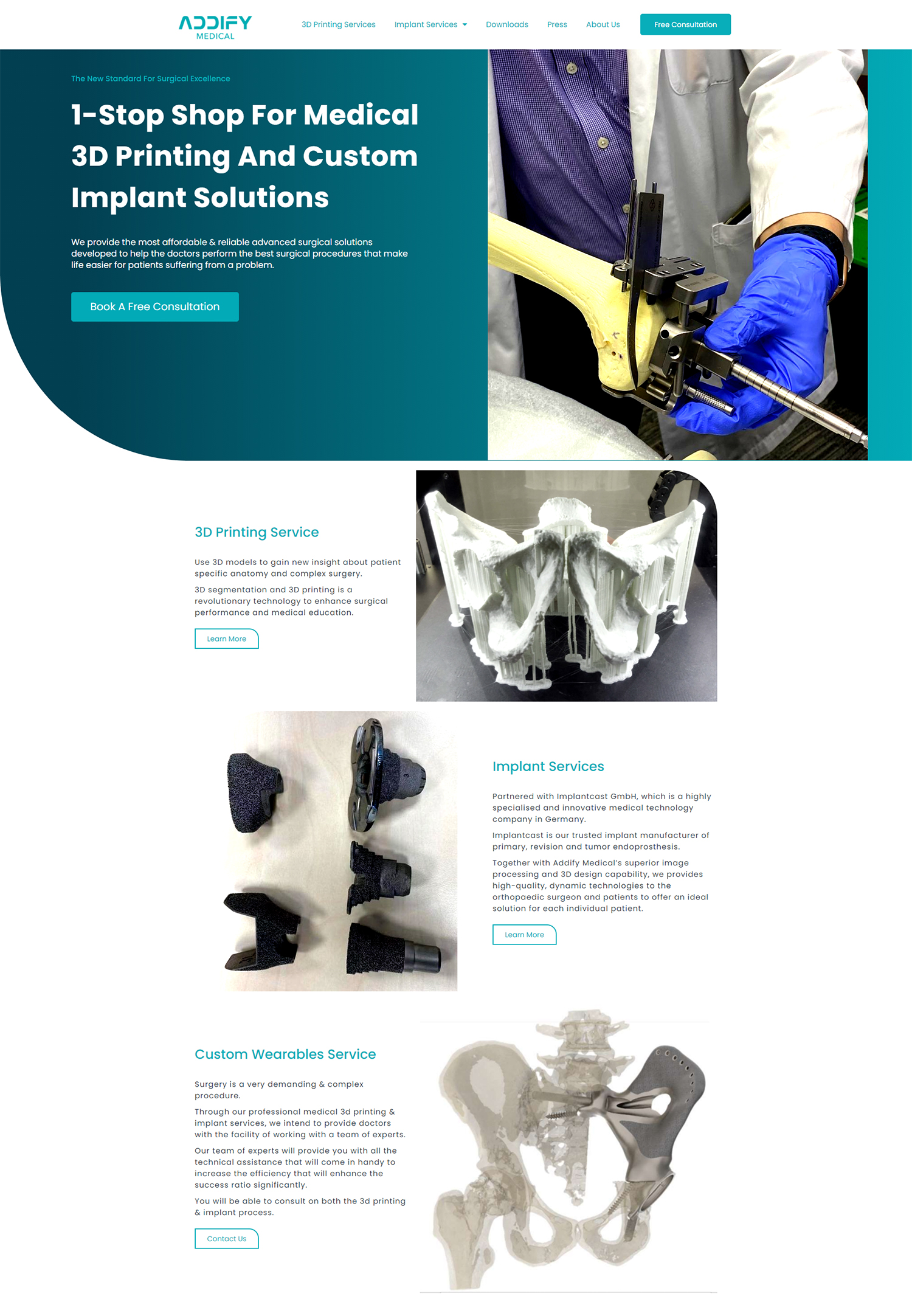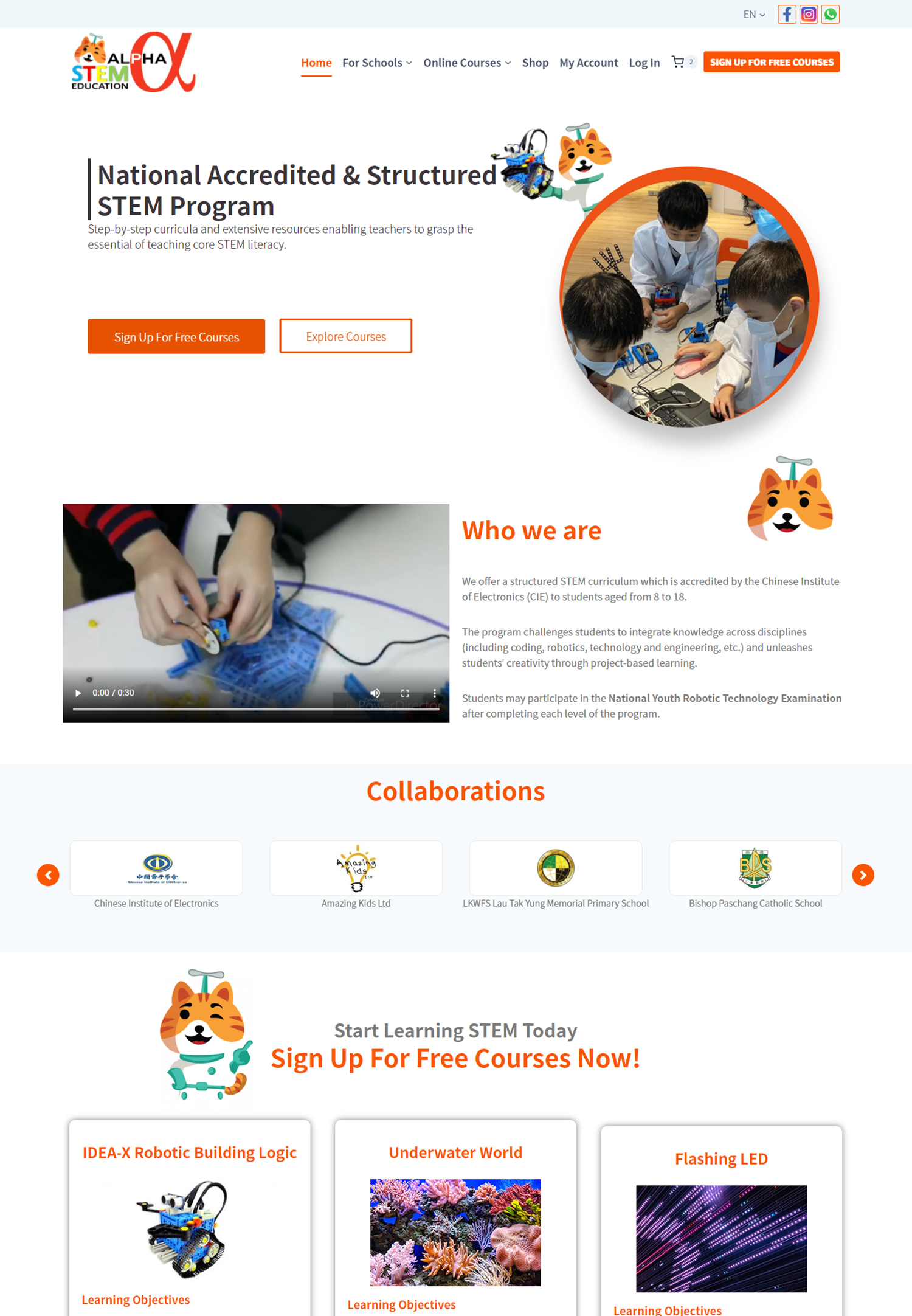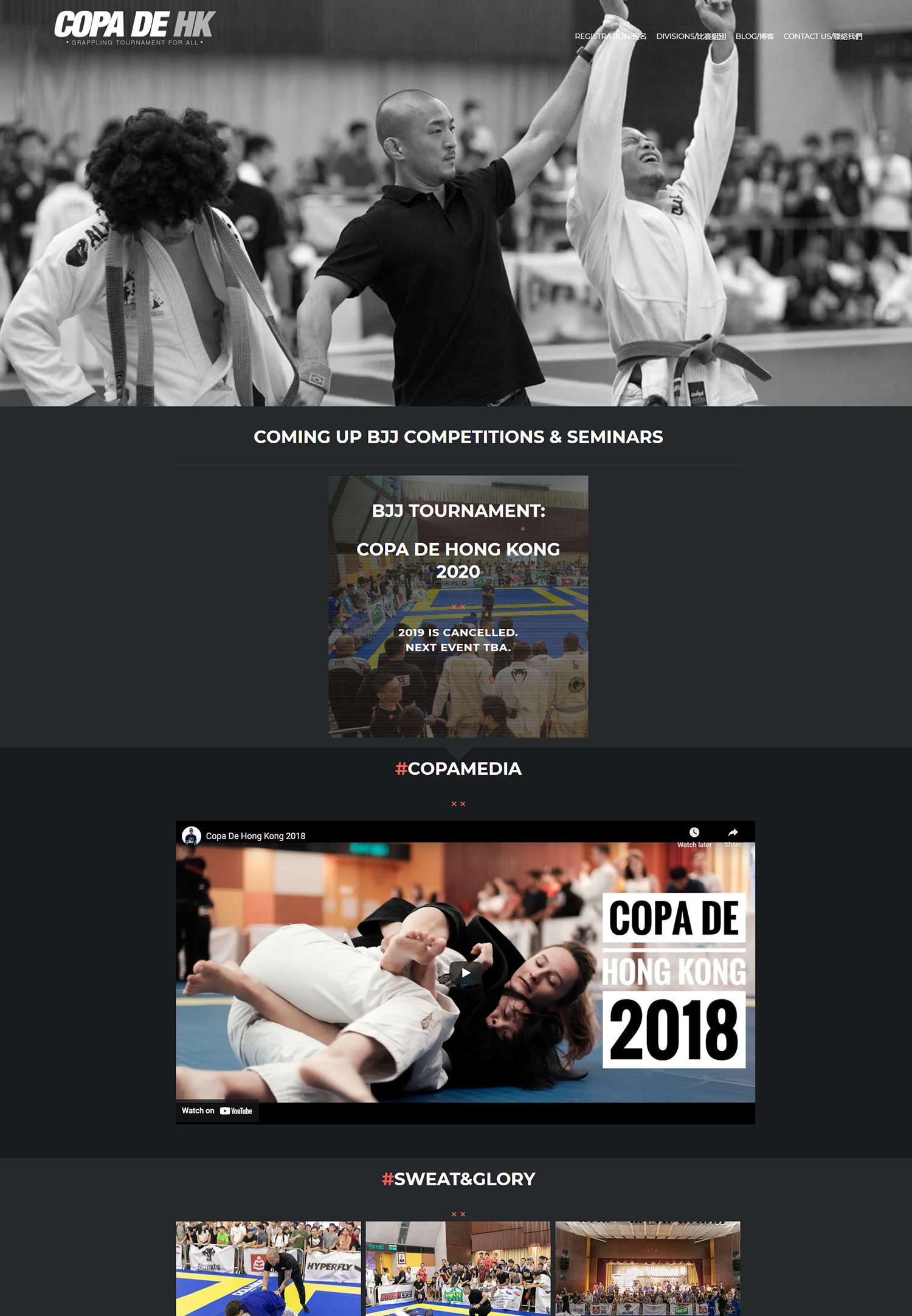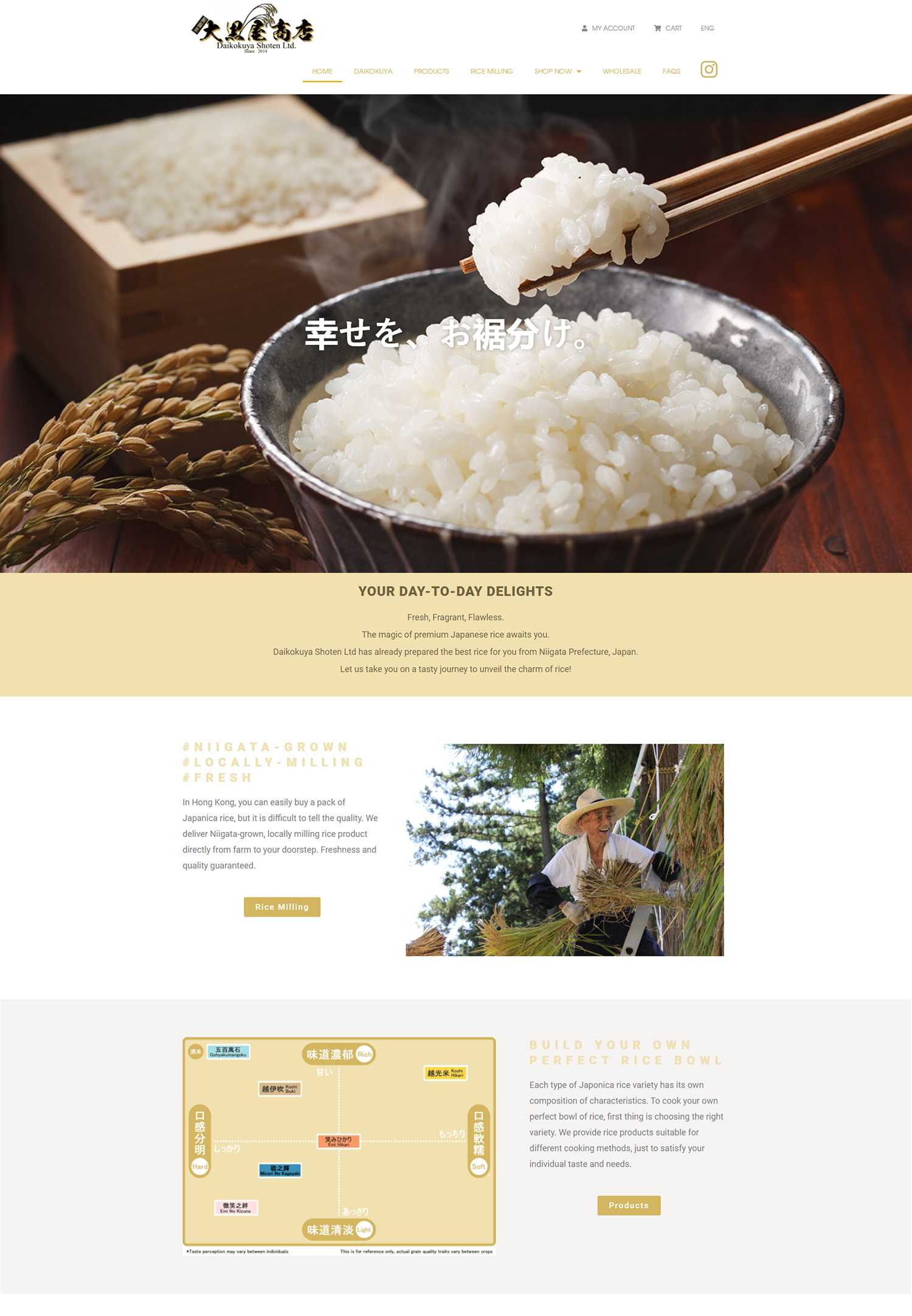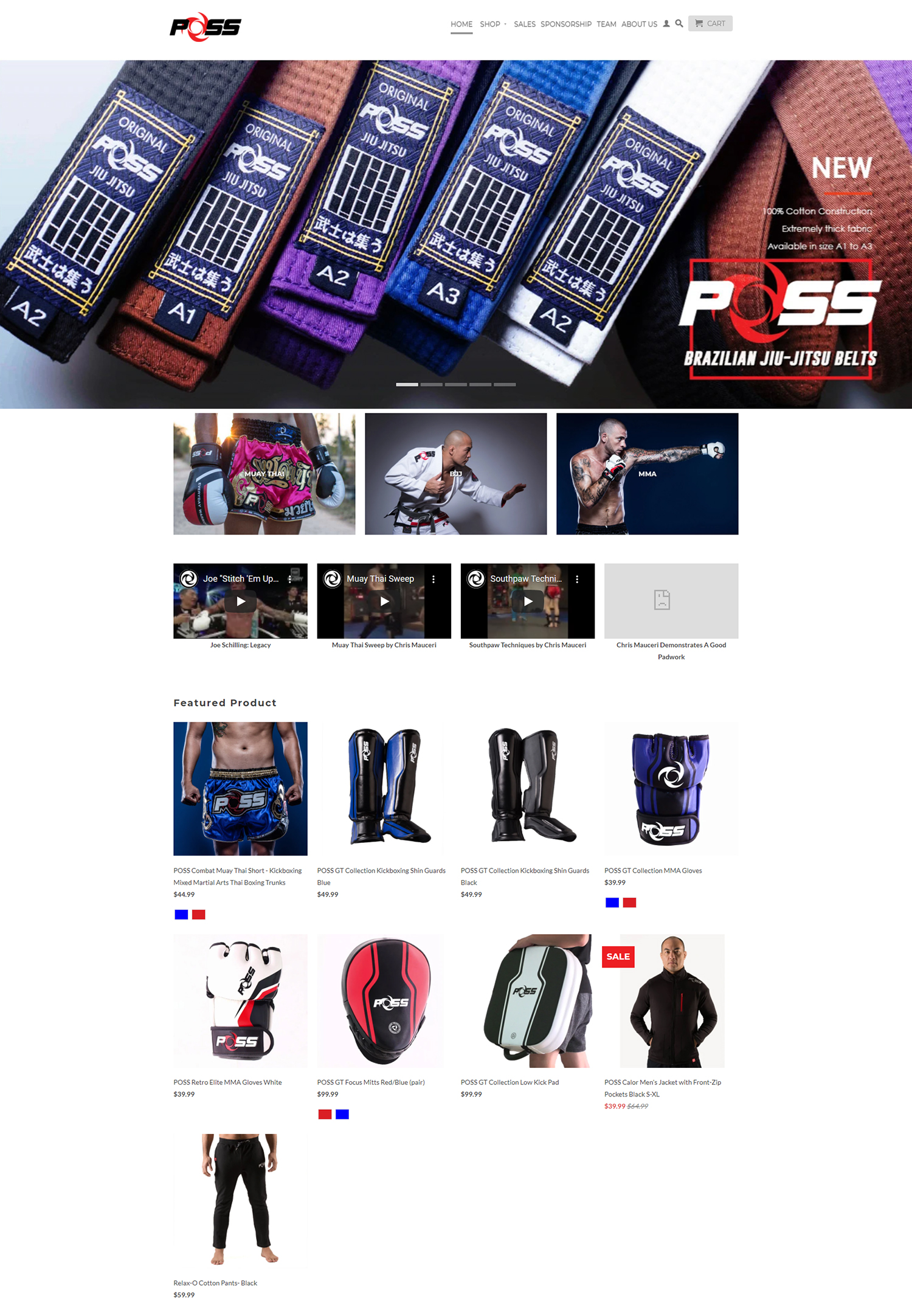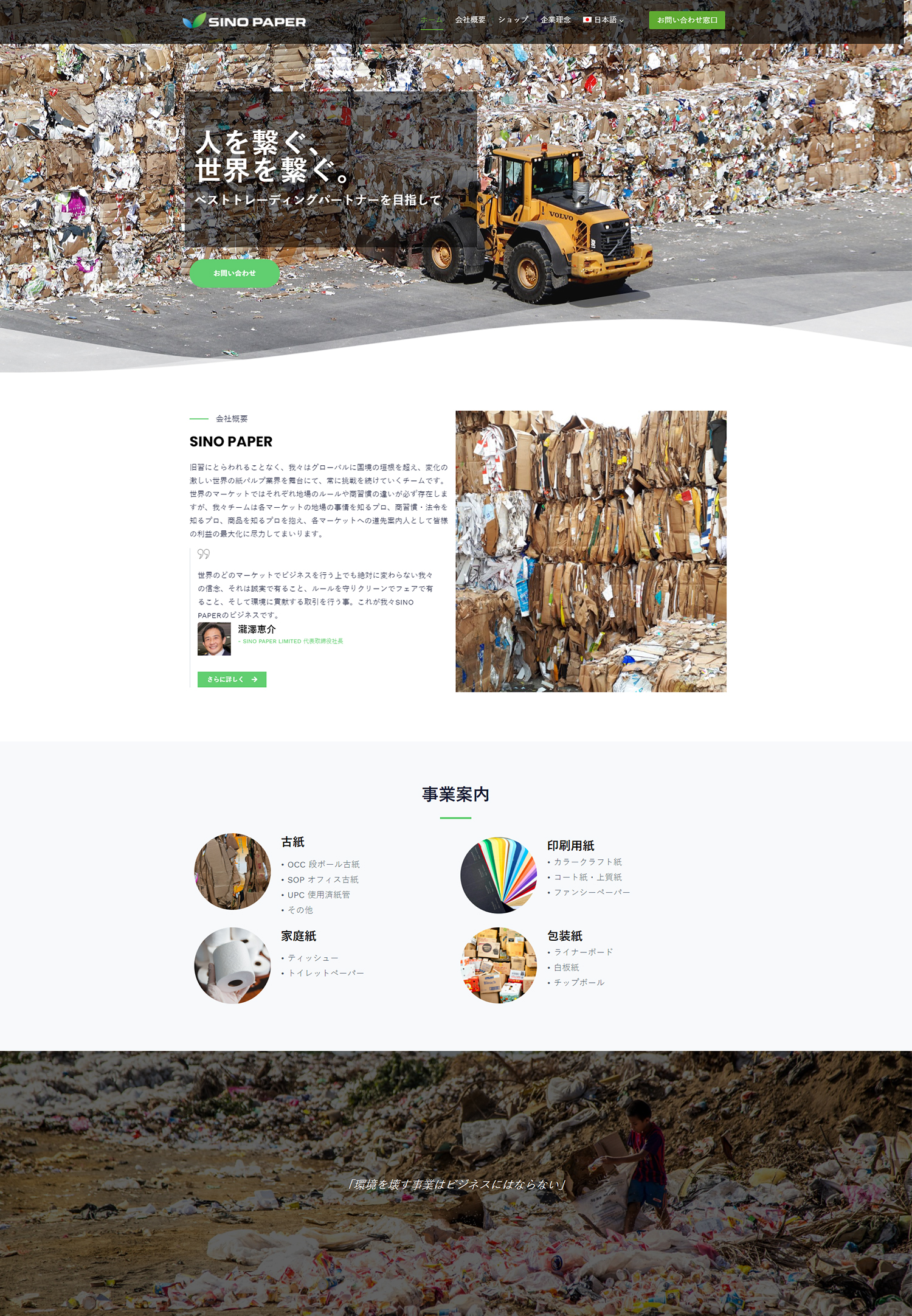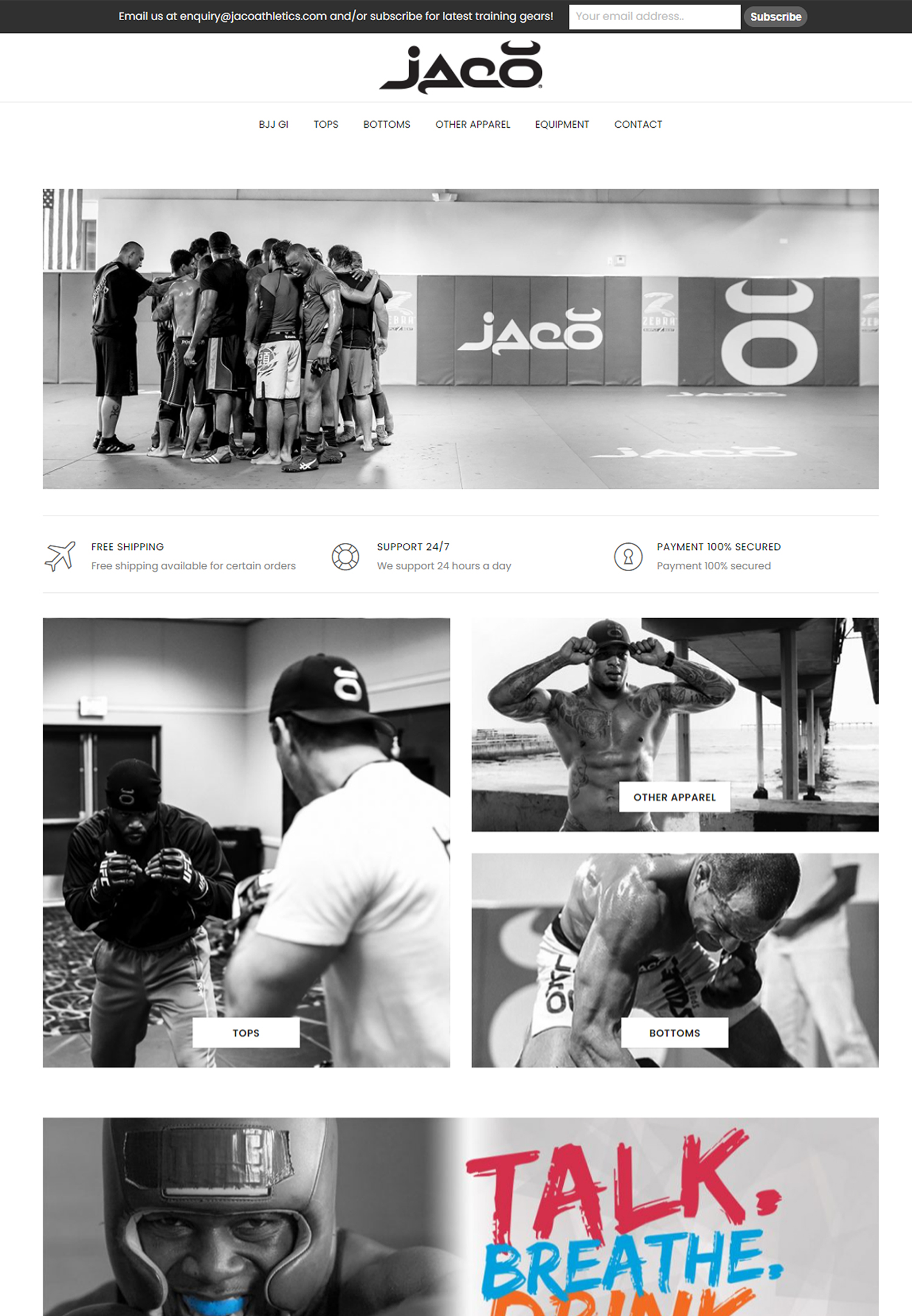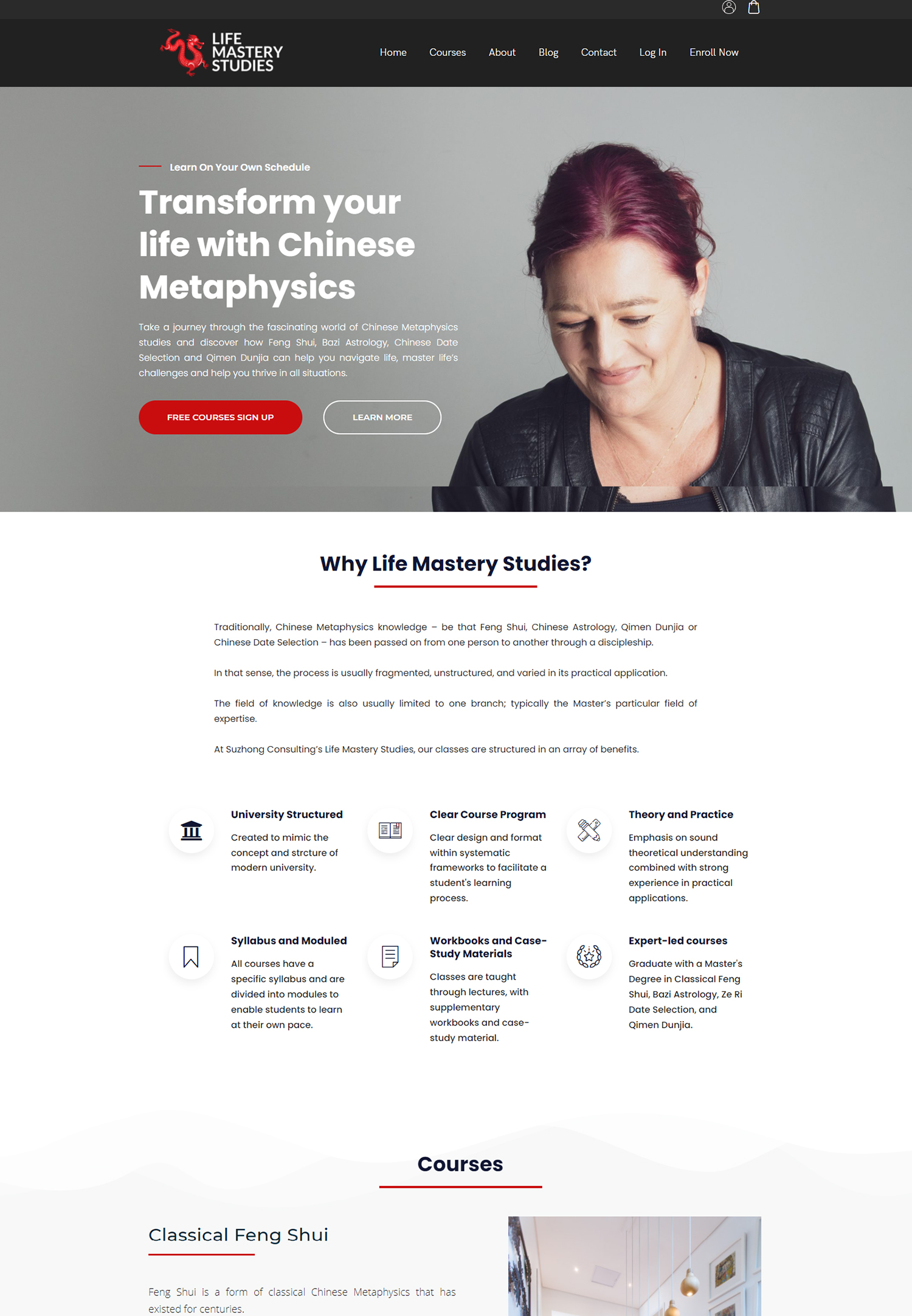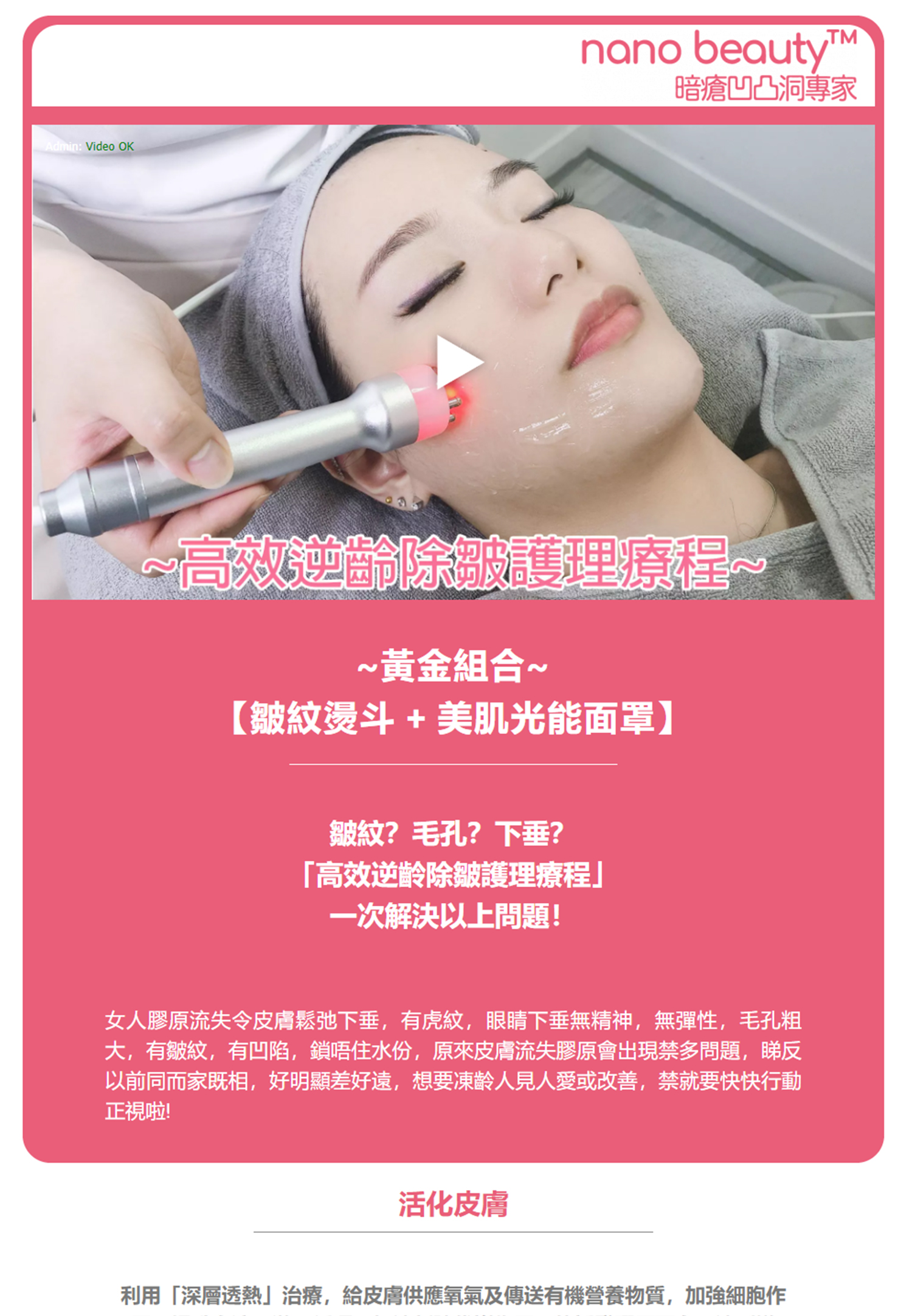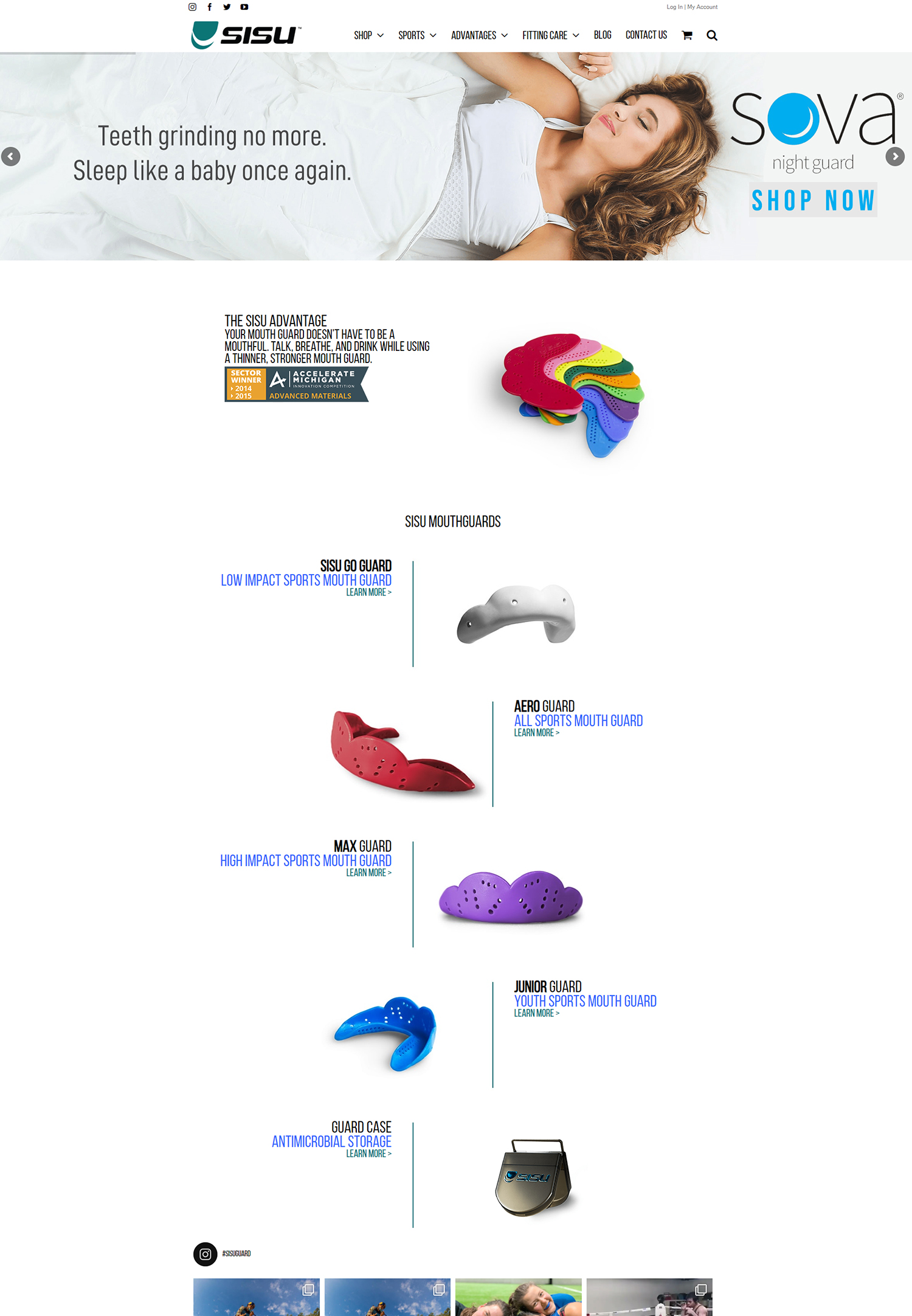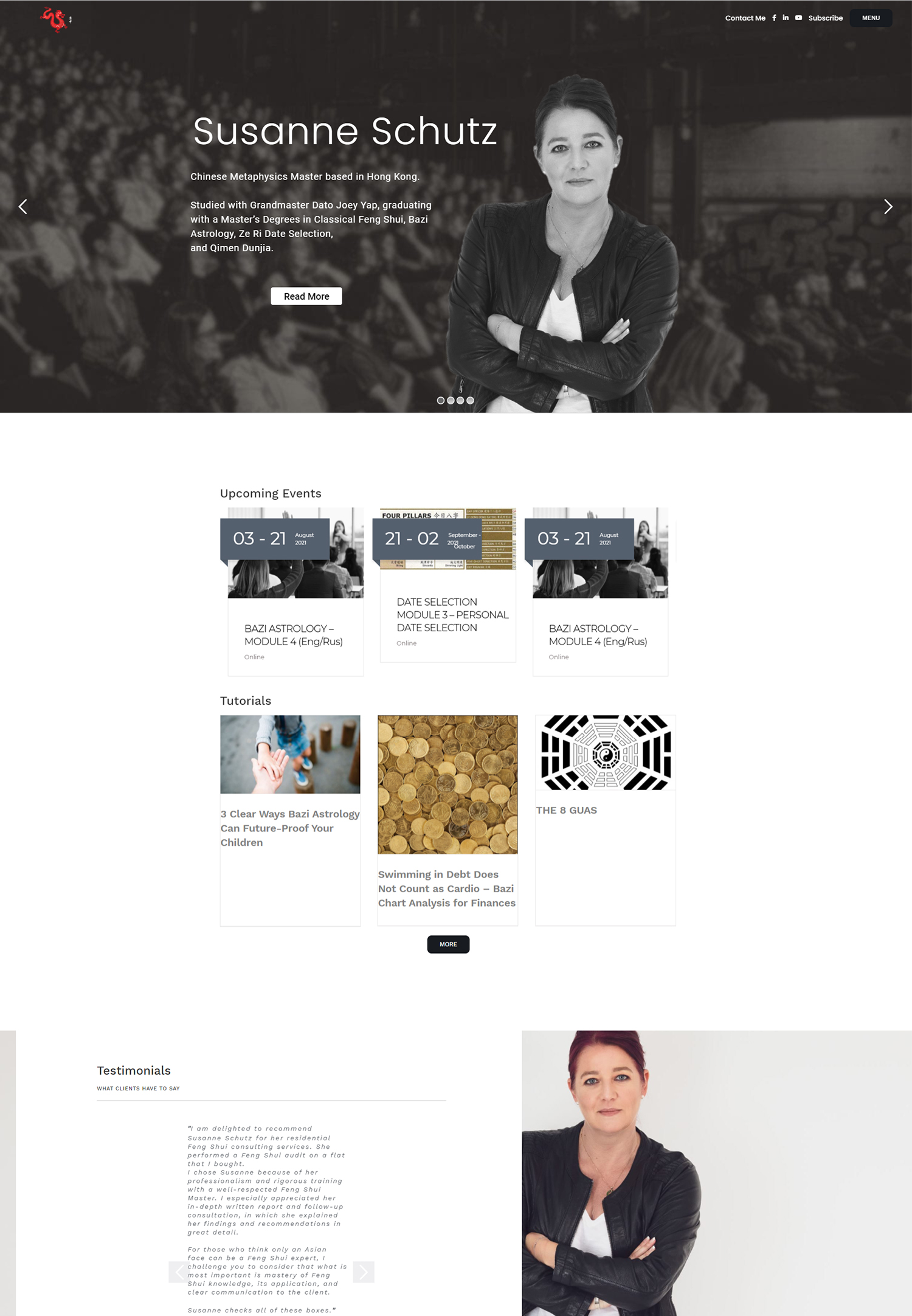Email marketing funnels have become an essential tool for businesses looking to engage with their audience and drive conversions. However, simply sending out mass emails to your entire subscriber list is no longer enough. In order to truly maximize the effectiveness of your email marketing efforts, segmentation is key.
Segmentation involves dividing your email list into smaller, more targeted groups based on specific criteria such as demographics, behavior, or interests. By tailoring your email content to each segment, you can deliver more personalized and relevant messages that resonate with your audience. This not only increases engagement but also improves the likelihood of conversions.
The Importance of Segmentation in Email Marketing Funnels
Segmentation is crucial for effective email marketing for several reasons. Firstly, it allows you to send more targeted and relevant content to your subscribers. By understanding the unique needs and preferences of each segment, you can tailor your messaging to address their specific pain points and interests. This personalized approach increases the chances of your emails being opened, read, and acted upon.
Secondly, segmentation helps improve engagement rates. When subscribers receive emails that are relevant to them, they are more likely to engage with the content by clicking on links, making purchases, or sharing with others. This increased engagement not only strengthens the relationship between your brand and your audience but also boosts the overall effectiveness of your email marketing campaigns.
Lastly, segmentation can lead to higher conversion rates. By delivering targeted messages to specific segments of your audience, you can guide them through the customer journey more effectively. Whether it’s nurturing leads or re-engaging inactive subscribers, segmentation allows you to deliver the right message at the right time, increasing the likelihood of conversions.
Understanding Your Audience: The Key to Effective Segmentation
In order to effectively segment your email list, it’s crucial to have a deep understanding of your audience and their preferences. This requires gathering data and insights about your subscribers through various methods.
One way to gather data is through surveys or questionnaires. By asking your subscribers about their preferences, interests, and pain points, you can gain valuable insights that will inform your segmentation strategy. You can also use analytics tools to track user behavior on your website or app, such as pages visited, products viewed, or actions taken. This data can help you identify patterns and segment your audience based on their behavior.
Another method is to leverage data from your customer relationship management (CRM) system. By integrating your CRM with your email marketing platform, you can access valuable customer data such as purchase history, demographics, or customer lifetime value. This data can be used to create segments based on factors such as past purchases, geographic location, or customer loyalty.
How to Segment Your Email List for Maximum Engagement
There are several ways to segment your email list for maximum engagement. One common method is demographic segmentation, which involves dividing your audience based on factors such as age, gender, location, or income level. This type of segmentation allows you to deliver content that is tailored to the specific needs and preferences of each demographic group.
Another effective segmentation strategy is behavioral segmentation. This involves dividing your audience based on their actions or interactions with your brand. For example, you can create segments for subscribers who have made a purchase in the past month, subscribers who have abandoned their shopping cart, or subscribers who have not engaged with your emails in a certain period of time. By targeting these segments with relevant messaging, you can increase engagement and drive conversions.
Interest-based segmentation is another powerful strategy. This involves dividing your audience based on their interests or preferences. For example, if you sell clothing, you can create segments for subscribers interested in men’s fashion, women’s fashion, or children’s clothing. By delivering content that aligns with their interests, you can increase engagement and build stronger relationships with your subscribers.
Using Data to Drive Your Segmentation Strategy
Data plays a crucial role in driving your segmentation strategy. By analyzing data about your audience, you can make informed decisions about how to segment your email list and deliver targeted content.
There are several tools and resources available to help you gather and analyze data. Google Analytics is a popular tool that allows you to track user behavior on your website, such as page views, bounce rate, or conversion rate. This data can provide valuable insights into the preferences and interests of your audience.
Another tool is customer surveys or questionnaires. By asking your subscribers about their preferences, interests, or pain points, you can gather valuable data that will inform your segmentation strategy. You can use online survey tools such as SurveyMonkey or Typeform to create and distribute surveys to your audience.
CRM systems are also a valuable resource for gathering and analyzing data. By integrating your CRM with your email marketing platform, you can access customer data such as purchase history, demographics, or customer lifetime value. This data can help you create segments based on factors such as past purchases, geographic location, or customer loyalty.
Creating Customized Email Campaigns for Each Segment
Once you have segmented your email list, it’s important to create customized email campaigns for each segment. This involves creating content that is personalized and relevant to the specific needs and preferences of each segment.
One way to create personalized content is by using dynamic content blocks. Dynamic content allows you to display different content to different segments within the same email. For example, you can display different product recommendations based on the past purchase history of each segment. This level of personalization increases the relevance of your emails and improves engagement rates.
Another way to create customized email campaigns is by using segmentation tags or variables in your email marketing platform. These tags allow you to dynamically insert personalized information into your emails, such as the subscriber’s name, location, or past purchase history. By addressing each subscriber by name and referencing their specific interests or preferences, you can create a more personalized and engaging email experience.
The Role of Automated Email Sequences in Segmented Funnels
Automated email sequences play a crucial role in enhancing your segmentation strategy. By setting up automated sequences, you can deliver targeted messages to specific segments of your audience at the right time, without manual intervention.
One common use case for automated sequences is lead nurturing. By creating a series of emails that are designed to educate and engage your leads, you can guide them through the customer journey and increase the likelihood of conversions. For example, you can set up a sequence that delivers a series of educational content to new subscribers, followed by promotional offers or discounts to encourage them to make a purchase.
Another use case for automated sequences is re-engagement. If you have subscribers who have not engaged with your emails in a certain period of time, you can set up a sequence that delivers targeted content to re-engage them. For example, you can send a series of emails with exclusive offers or incentives to encourage inactive subscribers to take action.
Measuring the Success of Your Segmentation Strategy
In order to evaluate the success of your segmentation strategy, it’s important to track key metrics and analyze data. This will help you understand how well your segments are performing and identify areas for improvement.
One key metric to track is open rate. This measures the percentage of subscribers who open your emails. By comparing the open rates of different segments, you can determine which segments are more engaged and responsive to your content.
Another metric to track is click-through rate (CTR). This measures the percentage of subscribers who click on links within your emails. By comparing the CTRs of different segments, you can determine which segments are more likely to engage with your content and take action.
Conversion rate is another important metric to track. This measures the percentage of subscribers who complete a desired action, such as making a purchase or filling out a form. By comparing the conversion rates of different segments, you can determine which segments are more likely to convert and optimize your messaging accordingly.
Common Mistakes to Avoid When Segmenting Your Email List
While segmentation can be a powerful tool for improving the effectiveness of your email marketing, there are some common mistakes that businesses make when segmenting their email list.
One common mistake is segmenting too broadly. If your segments are too broad, you may not be delivering content that is personalized and relevant enough to resonate with your audience. It’s important to create segments that are specific enough to address the unique needs and preferences of each group.
Another mistake is not updating or refreshing your segments regularly. As your audience evolves and their preferences change, it’s important to regularly review and update your segments to ensure they remain relevant. This may involve gathering new data or conducting surveys to gain insights into the changing needs of your audience.
Lastly, another common mistake is not testing or optimizing your segments. It’s important to continually test different segmentation strategies and analyze the results to identify what works best for your audience. This may involve A/B testing different messaging or offers within each segment to determine which performs better.
Scaling Your Segmentation Strategy as Your Business Grows
As your business grows and your audience evolves, it’s important to adapt and scale your segmentation strategy accordingly. This may involve creating new segments based on new products or services, expanding existing segments based on increased customer data, or refining your messaging based on feedback from your audience.
One way to manage a larger and more complex email list is by using marketing automation software. These tools allow you to automate various aspects of your email marketing, including segmentation, personalization, and scheduling. By leveraging automation, you can save time and resources while still delivering targeted and relevant content to your audience.
Another strategy is to leverage artificial intelligence (AI) and machine learning. These technologies can help you analyze large amounts of data and identify patterns or trends that may not be immediately apparent. By using AI and machine learning, you can gain deeper insights into your audience and optimize your segmentation strategy for maximum effectiveness.
The Future of Email Marketing: Advanced Segmentation Techniques
The future of email marketing lies in advanced segmentation techniques that leverage predictive analytics and machine learning. These techniques can enhance your segmentation strategy and improve your email marketing results.
Predictive analytics involves using historical data to make predictions about future behavior. By analyzing past customer behavior, such as purchase history or engagement rates, you can predict which segments are more likely to convert or engage with your content. This allows you to deliver targeted messages to these segments and increase the likelihood of conversions.
Machine learning involves using algorithms to analyze large amounts of data and identify patterns or trends that may not be immediately apparent. By leveraging machine learning, you can gain deeper insights into your audience and create more accurate segments based on their preferences, behavior, or demographics.
Segmentation is a crucial component of any successful email marketing funnel. By dividing your email list into smaller, more targeted groups based on specific criteria, you can deliver personalized and relevant content that resonates with your audience. This not only increases engagement but also improves the likelihood of conversions.
To effectively segment your email list, it’s important to have a deep understanding of your audience and their preferences. By gathering data and insights about your subscribers through surveys, analytics tools, or CRM systems, you can create segments that are tailored to the unique needs and interests of each group.
Once you have segmented your email list, it’s important to create customized email campaigns for each segment. This involves creating content that is personalized and relevant to the specific needs and preferences of each group. By using dynamic content blocks, segmentation tags, or variables in your email marketing platform, you can deliver targeted messages that resonate with your audience.
Automated email sequences play a crucial role in enhancing your segmentation strategy. By setting up automated sequences, you can deliver targeted messages to specific segments of your audience at the right time, without manual intervention. This allows you to guide your leads through the customer journey and increase the likelihood of conversions.
In order to evaluate the success of your segmentation strategy, it’s important to track key metrics and analyze data. This will help you understand how well your segments are performing and identify areas for improvement. By regularly reviewing and updating your segments, testing different messaging or offers, and optimizing based on the results, you can continually improve the effectiveness of your segmentation strategy.
As your business grows and your audience evolves, it’s important to adapt and scale your segmentation strategy accordingly. By leveraging marketing automation software, artificial intelligence, and machine learning, you can manage a larger and more complex email list while still delivering targeted and relevant content to your audience.
The future of email marketing lies in advanced segmentation techniques that leverage predictive analytics and machine learning. By using historical data to make predictions about future behavior and analyzing large amounts of data to identify patterns or trends, you can gain deeper insights into your audience and optimize your segmentation strategy for maximum effectiveness.
In conclusion, segmentation is a powerful tool for improving the effectiveness of your email marketing funnels. By understanding your audience, segmenting your email list, creating customized email campaigns, using automated sequences, measuring success, avoiding common mistakes, scaling as your business grows, and leveraging advanced techniques, you can maximize engagement and conversions with your email marketing efforts.
If you’re interested in learning more about email marketing funnels and how they can benefit your business, you may also want to check out this article on “Segmentation in Email Marketing Funnels” from Populis Digital. This informative piece dives into the importance of segmenting your email list and provides practical tips for implementing segmentation strategies to improve engagement and conversion rates. To read the full article, click here.
FAQs
What is segmentation in email marketing funnels?
Segmentation in email marketing funnels is the process of dividing your email list into smaller groups based on specific criteria such as demographics, behavior, interests, and preferences. This allows you to send targeted and personalized messages to each group, increasing the chances of conversion.
Why is segmentation important in email marketing funnels?
Segmentation is important in email marketing funnels because it helps you to send relevant and personalized messages to your subscribers, which can increase engagement, open rates, click-through rates, and ultimately, conversions. It also helps you to avoid sending irrelevant messages that can lead to unsubscribes and spam complaints.
What are the benefits of segmentation in email marketing funnels?
The benefits of segmentation in email marketing funnels include increased engagement, higher open and click-through rates, improved conversion rates, reduced unsubscribe rates, better customer retention, and increased revenue. It also helps you to understand your audience better and tailor your messages to their specific needs and preferences.
How do you segment your email list?
To segment your email list, you need to first identify the criteria that you want to use, such as demographics, behavior, interests, and preferences. You can then use an email marketing tool to create segments based on these criteria, such as creating a segment for subscribers who have opened your emails in the last 30 days or a segment for subscribers who have purchased a specific product.
What are some examples of segmentation in email marketing funnels?
Some examples of segmentation in email marketing funnels include segmenting your list based on demographics such as age, gender, location, or income level, segmenting based on behavior such as past purchases or website activity, segmenting based on interests such as product preferences or content consumption, and segmenting based on preferences such as email frequency or content type.






